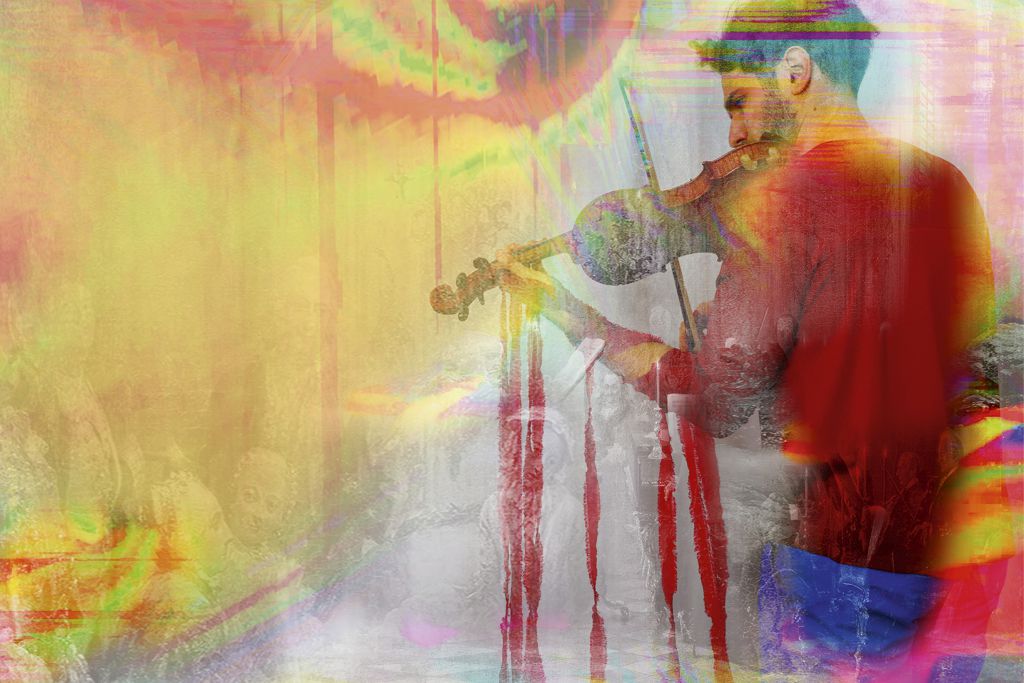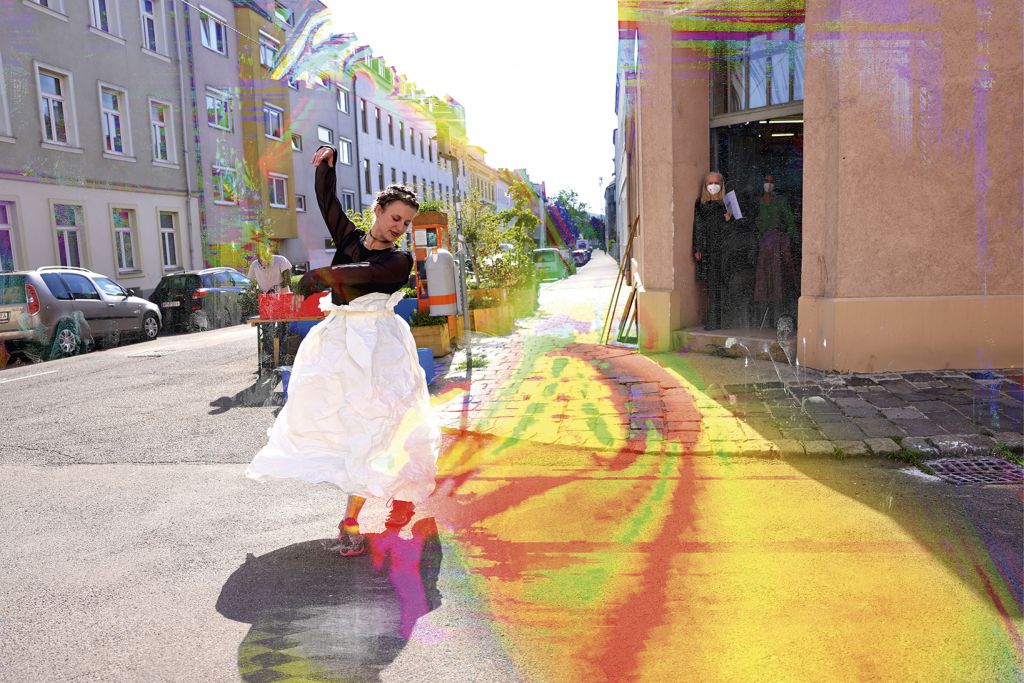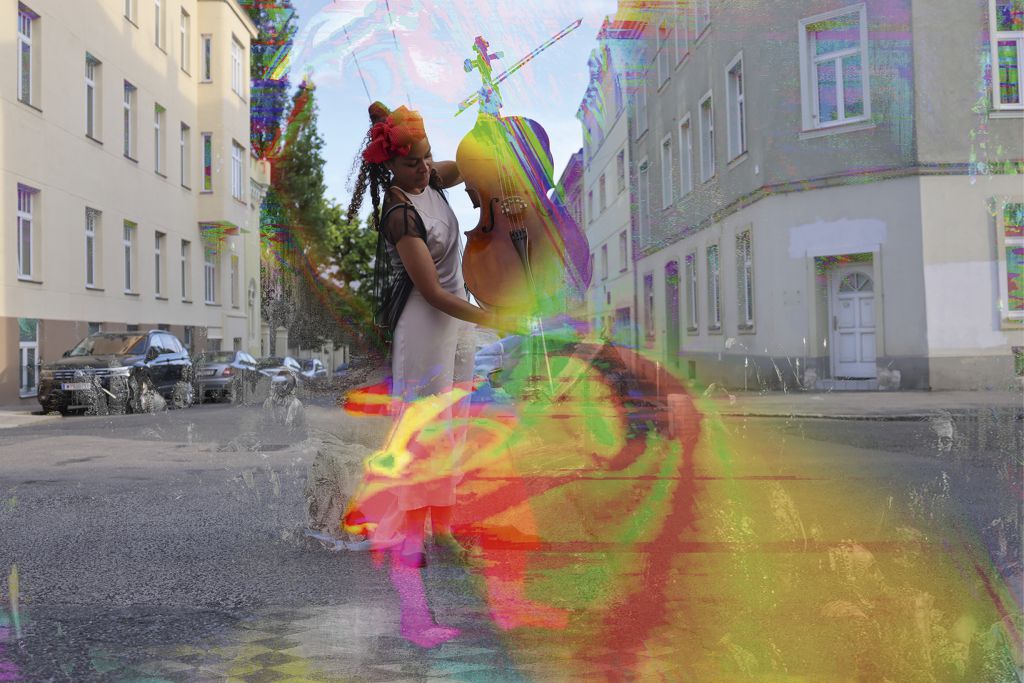A research project questions dress codes in the world of classical concerts and opera

It’s widely acknowledged that the Global North’s existing set of rules in terms of performance clothing and onstage behaviour can be traced back to the bourgeois culture that was in the process of becoming established during the 19th century. This was a period that also gave rise to public concert life, concert halls, and concert culture. Shaped by the notions of masterpieces’ eternal currency and a universal musical language, the rules from back then have since functioned as instances of bourgeois identity-generation and self-ennoblement.
I’ve been dreaming of the stage since I was eight, but now there’s a whole lot that I’d like to change—even if I often do just play the usual game.1
Becoming conscious of and questioning these structures’ historicity has become unavoidable in the ’20s of the 21st century, even as students, teachers, music professionals, and cultural managers persist in asking themselves, “Are we actually allowed to do that?” Awareness of traditions liberates us to take steps toward innovation. We may, should, must rethink how we give concerts! And ask ourselves: To just what aesthetic experiences might we invite audiences today? To what sorts of emotional experiences? And what realms of experience appropriate to a pluralistic social structure should we now be opening up? New concert formats are being searched for—and stepping out of line is the order of the day.
To me, how I dress is an important criterion. It has to be compatible with every piece that I play.
In pushing back against the self-proclaimed “performance police”, as Daniel Leech-Wilkinson has called those gatekeepers of unwritten rules that guard the status quo, we can call society’s orders of knowledge and power into question by focusing on singers’ and instrumentalists’ transformative potential. And in our project “Tired Attire – Dress Rehearsal”, we’ve been raising awareness of these themes, making them accessible to discussion and opening up a realm of possibility for artists’ alternative (self-)stagings.
Why does everything have to be so gendered? If we look at history, we see that it was actually men who first wore high heels. In ancient Persia, men sported high-heeled riding boots.

Clothing is intimately entwined with imagination and self-imagination; it’s about more than just covering the body. Clothing plays a role in how it feels to be in the world. And clothing oneself is a cultural practice—a way of “doing fashion”, as Gertrud Lehnert calls it, and of “doing gender”.
Wearing clothing can also function as an experimental method via which to pursue arts- and/or performance-based research. The material’s contact with the skin, this tactile and in fact multisensory experience of wearing, generates theory in the space between idea, material, and form.
Even if instrumentalists’ instruments stand in the foreground, I don’t necessarily think that the artists behind them should disappear.
“You can wear anything as a costume, but you can’t wear anything as a musician,” says the internationally renowned stage and costume designer Hannah König. “There’s a huge difference between costumes and outfits.” Conversations together over the course of this project gave rise to a feel for each individual personality and their clothing-related desires. To be permitted to show neither the ankles nor the knees nor the shoulders—and still desire to still look smart. To really like wearing black, but not always and not so plain. How far can and do we want to go in our experimentation with performance garb? The paper skirt was worth a try, the suggestion “Wrap me in architecture!” inspiring.
I believe that by questioning dress codes, we can contribute to making our art more accessible. And as an artist, I absolutely would like to try and do this with my own art.
The semantics of and discourse around colour play a significant role in sociocultural orders. What does it mean if black and white are okay for a performance but something colourful is entirely unacceptable? Colours, as media that generate meaning, provide cultural self-assurance. And on this, as well, we should reflect. Who is allowed to claim what colours for themselves? And why? David Batchelor goes so far as to ascribe to the Global North chromophobia (a fear of colours) as an underlying constitutive phenomenon. So perhaps the colourful is something with which we might experiment for this very reason?
It’s so wonderful to perform colourfully dressed—and so different than I would have thought. I’d expected it to be distracting, but the effect is actually the exact opposite.

The intensity of the experiences had in “Dress Rehearsal” were just as surprising to each individual musician as they were to us: Hannah König, who designed, assembled, and sewed the creations; Katharina Pfennigsdorf, who contributed her thoughts; Florian Tanzer, the visual artist; and myself, the gender and artistic researcher. The high heels that replaced flat shoes quite unexpectedly produced a different attitude, an undreamt-of feeling of strength and stability. And a loosely falling appliquéed dress brought to mind a song that begged to be sung. This self-imagined, custom-tailored outfit united freedom and a feeling of being protected. Music became palpable within space and time as a bodily aesthetic experience in the connection of sound, motion, and dance.
What happens in society when it becomes possible to experience sparks of coherence on so many levels?
With my art and as an artist, I feel responsible for social concerns and change.
A project carried out as part of the Gender|Queer|Diversity Call_mdw 2020 Participants: Daniel Devicchi, Julia Diaba, Bernarda Klinar, Paula Langthaler, Sonia Lehrhunber, Elia Merguet, Constantina Nicolaou, Katharina Püschel, Dalma Sarnya
Literature:
David Batchelor (2002), Chromophobie. Angst vor der Farbe, Vienna.
Daniel Leech-Wilkinson (2016), “Classical Music as Enforced Utopia”, in: Arts and Humanities in Higher Education 15/3–4, 325–336.
Gertrud Lehnert (2016), Ist Mode queer? Neue Perspektiven auf Modeforschung, Bielefeld.
Ellen Samson (2018), “Entanglement, Affect and Experience. Wearing As Experimental Research Methodology”, in: International Journal of Fashion Studies 5/1, 55–76.
Martin Tröndle (ed.) (2011), Das Konzert. Neue Aufführungskonzepte für eine klassische Form, Bielefeld.

